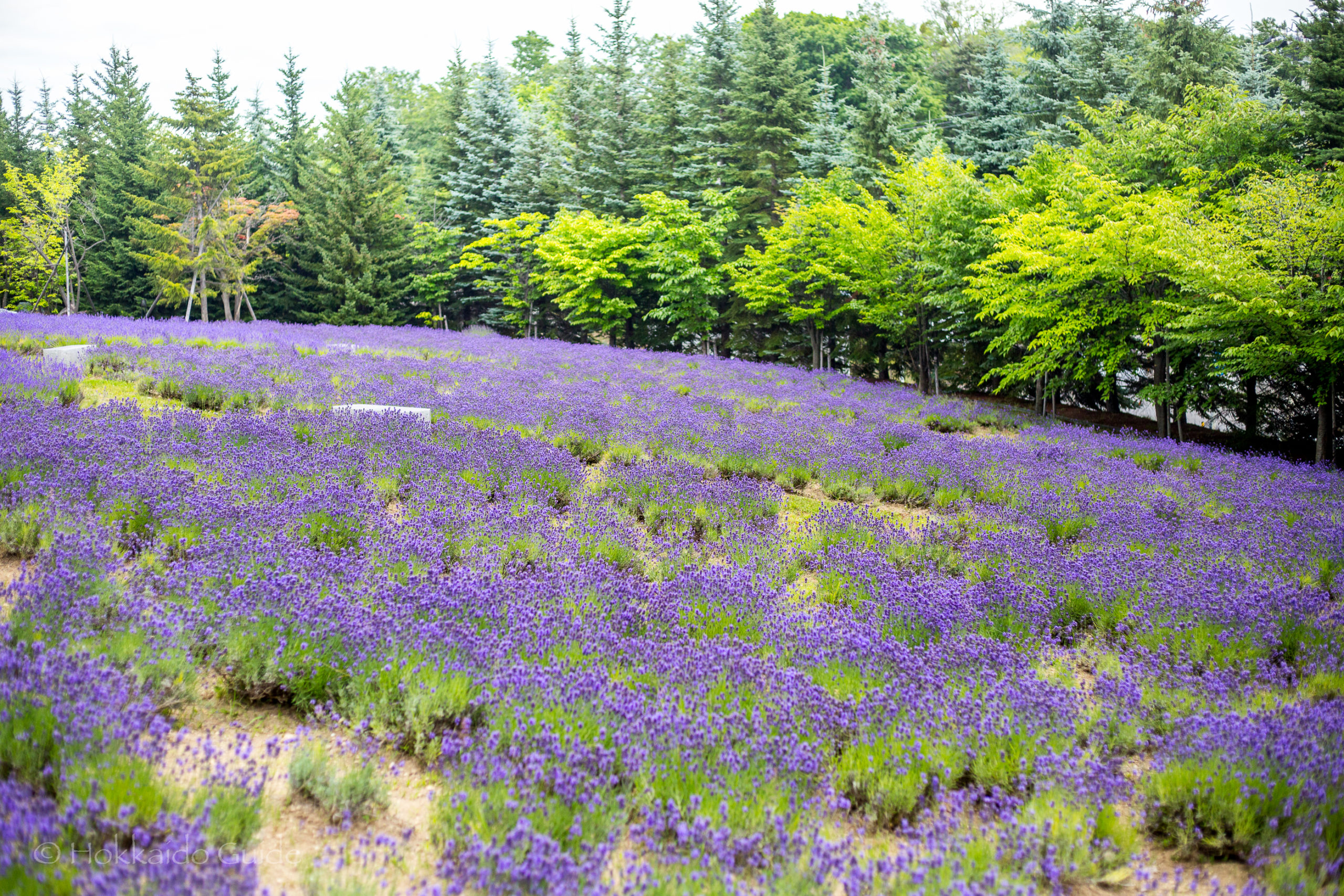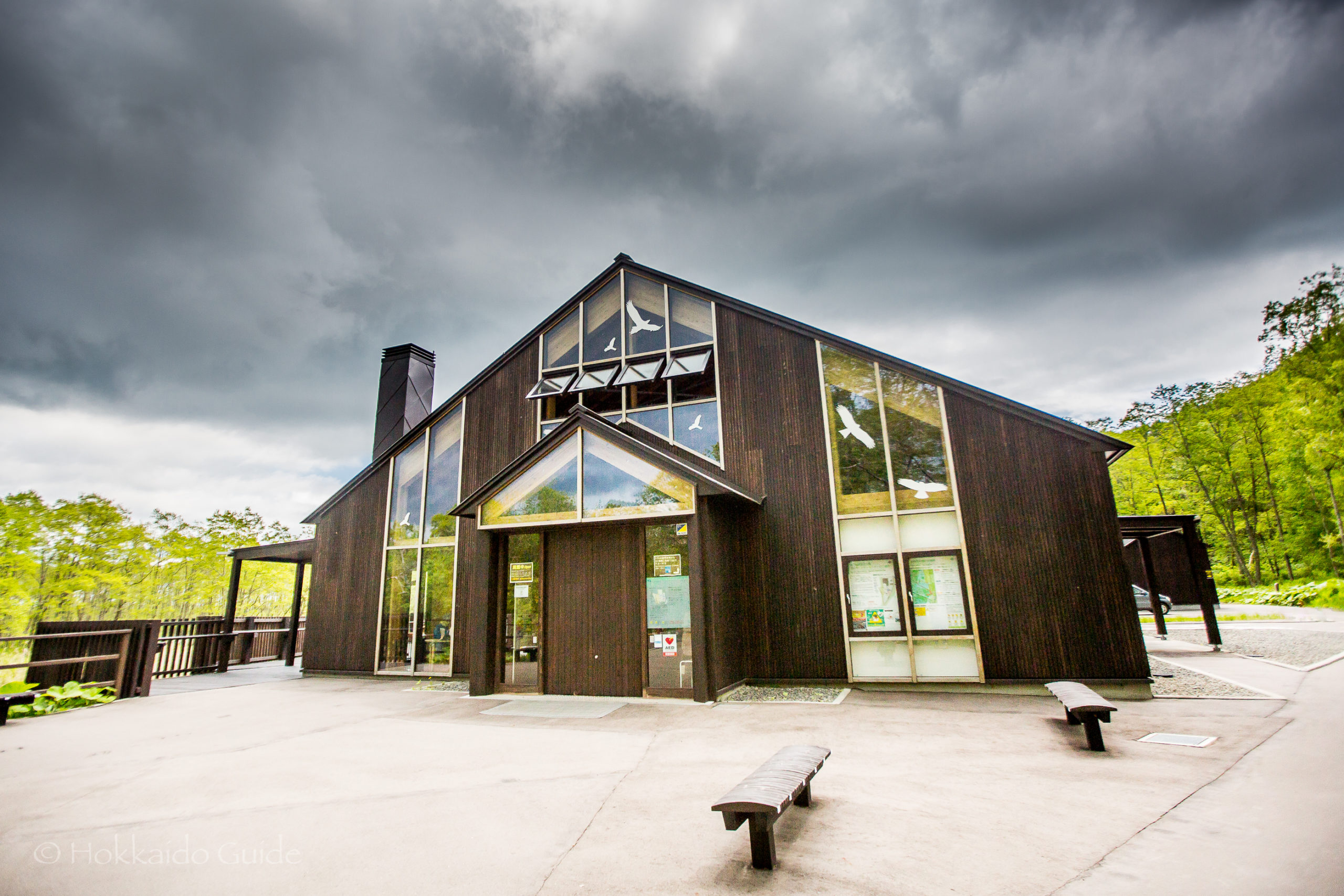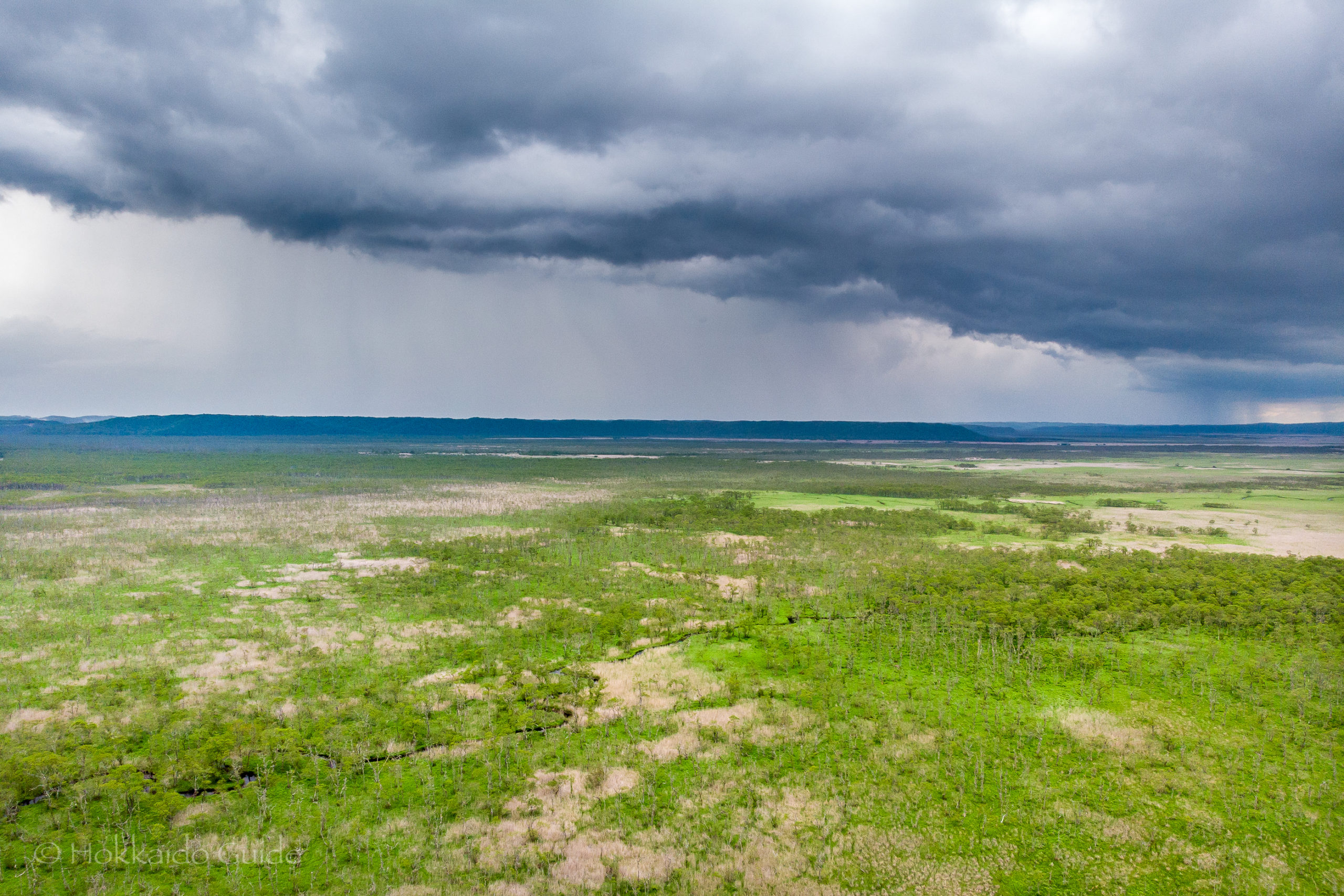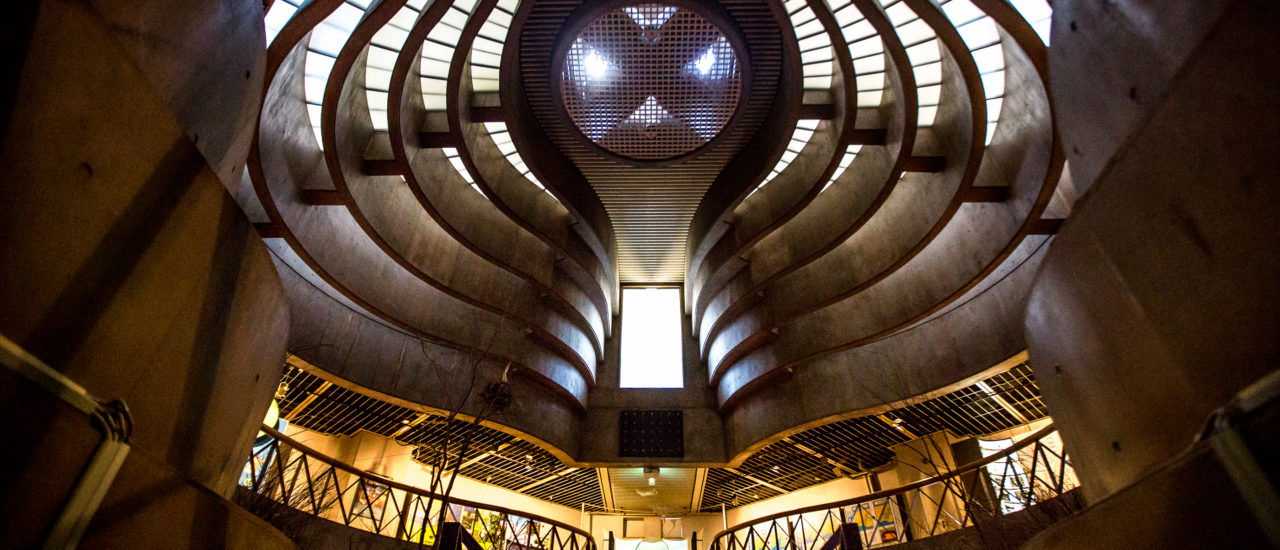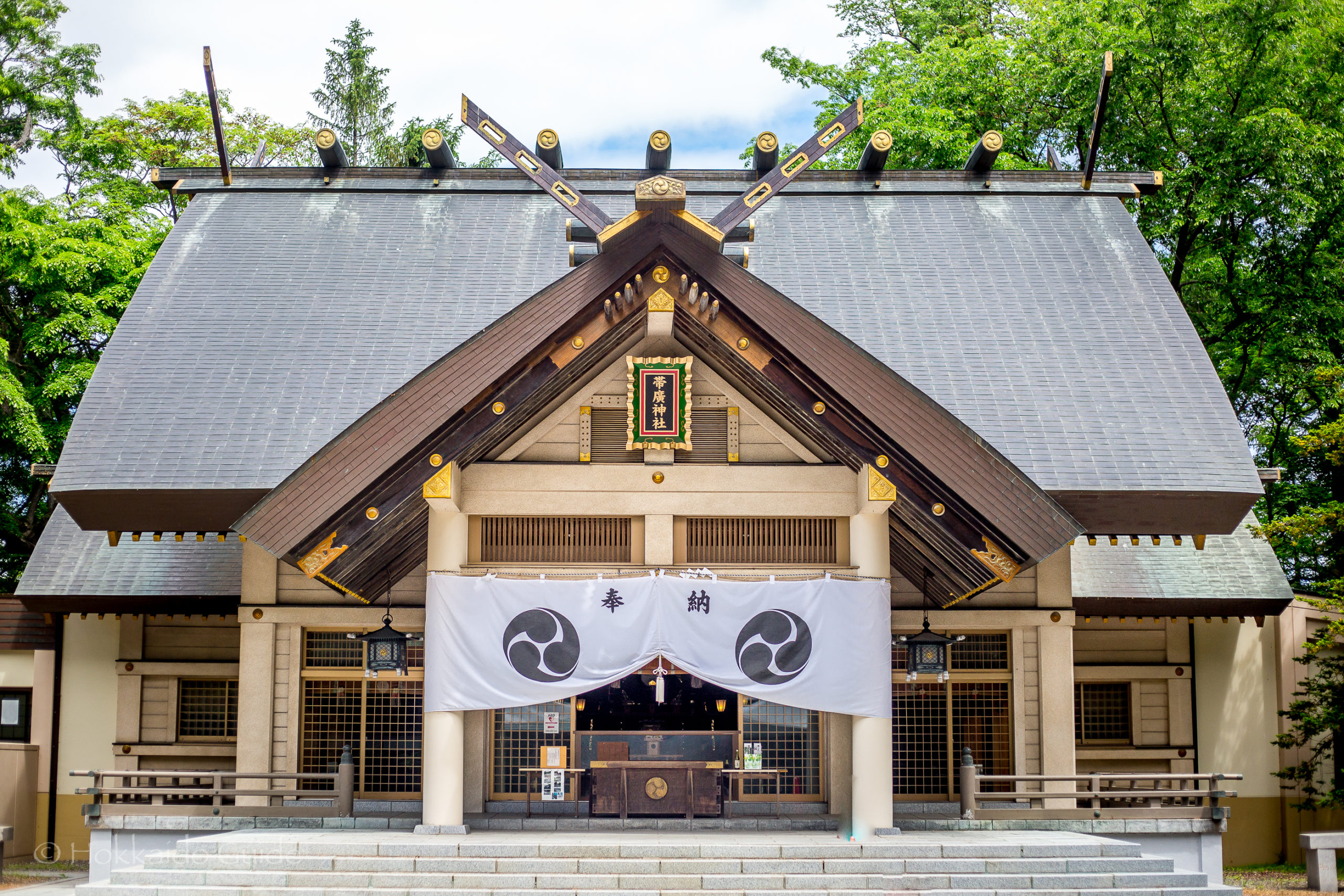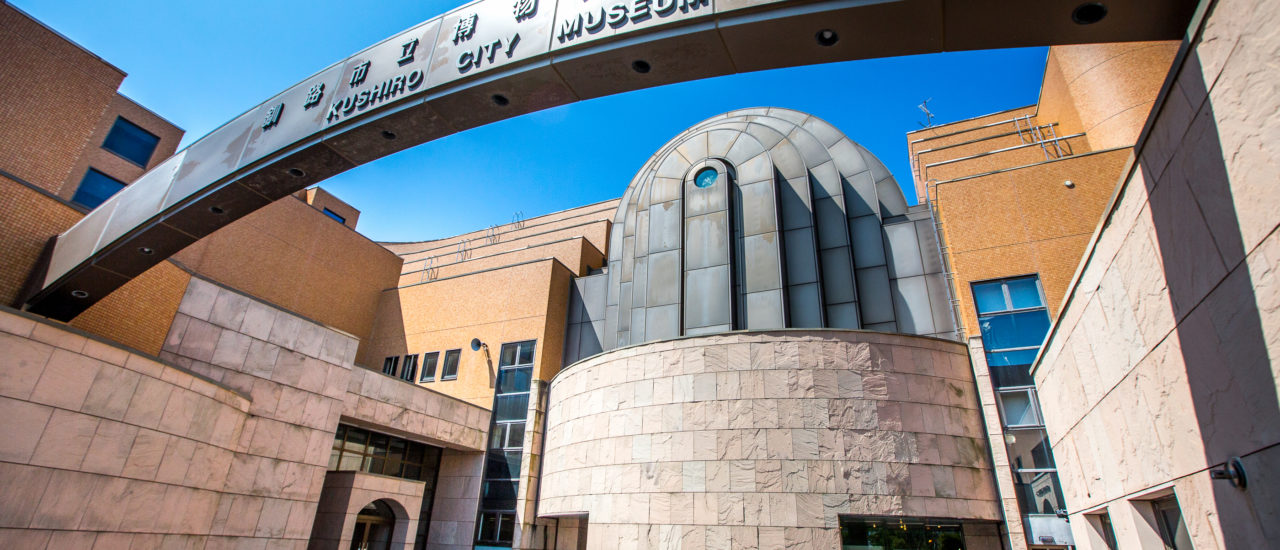
Places to Visit
Kushiro is well known for it’s great seafood restaurants , cold weather and deep sea port.
Akan International Crane Center
 This center was recently opened to help in the study and conservation of the Japanese crane which is still an endangered species. The center providesvisitors with useful information about the cranes as well as close up views of the cranes. The farming area around the town of Akan has been an artificial feeding ground for many years and large numbers of cranes will come for the winter season. Top
This center was recently opened to help in the study and conservation of the Japanese crane which is still an endangered species. The center providesvisitors with useful information about the cranes as well as close up views of the cranes. The farming area around the town of Akan has been an artificial feeding ground for many years and large numbers of cranes will come for the winter season. Top
| Admission | - |
| Opening Hours | 9 am to 5 pm daily |
| Closed | - |
| Contact | 0154-66-4011 |
| Getting There | Approximately 1 hour, 30 min from Kushiro JR Station by Akan bus. 23-40 Akan, Hokkaido |
 Developed in 1989, this wharf area, which goes by the local name of “MOO”, has shops, restaurants, a fitness club, an indoor garden and a pool. There are also stops for busses which depart to Lake Akan, Abashiri, Nemuro, Obihiro and Sapporo. The area is generally lively with locals and tourists alike enjoying the center. Also of interest nearby is the “EGG” which is an all year greenhouse designed to give people a chance to rest and relax and enjoy the sun even during the bitter Kushiro winter. The greenhouse is designed to reflect the shape of a giant yacht in fitting with its location near the wharf. Top
Developed in 1989, this wharf area, which goes by the local name of “MOO”, has shops, restaurants, a fitness club, an indoor garden and a pool. There are also stops for busses which depart to Lake Akan, Abashiri, Nemuro, Obihiro and Sapporo. The area is generally lively with locals and tourists alike enjoying the center. Also of interest nearby is the “EGG” which is an all year greenhouse designed to give people a chance to rest and relax and enjoy the sun even during the bitter Kushiro winter. The greenhouse is designed to reflect the shape of a giant yacht in fitting with its location near the wharf. Top
| Admission | - |
| Opening Hours | Restaurants 10 am to 10 pm Shops 9:30 am to 7 pm (7:30 pm in the summer) |
| Closed | - |
| Contact | 0154-23-0600 |
| Getting There | Approximately a 10 min walk from JR Kushiro Station. A2-4 Nishiki-cho, Kushiro-shi |
 The park and lake area make a great place to relax or go for walks during the summer. The lake is about 5 km in circumference and goes to a maximum depth of about 6 m. It is also of interest as there is a special type of fish, the Red Crucian Carp, which inhabits this lake. This fish is a rare species and has been designated a National Monument. Kushiro is also the only city in Japan that has a lake within its borders. In the park there is also the Kushiro City Museum a nature observation center and the remains of an Ainu fort called “Charankechshi”. Top
The park and lake area make a great place to relax or go for walks during the summer. The lake is about 5 km in circumference and goes to a maximum depth of about 6 m. It is also of interest as there is a special type of fish, the Red Crucian Carp, which inhabits this lake. This fish is a rare species and has been designated a National Monument. Kushiro is also the only city in Japan that has a lake within its borders. In the park there is also the Kushiro City Museum a nature observation center and the remains of an Ainu fort called “Charankechshi”. Top
| Admission | - |
| Opening Hours | - |
| Closed | - |
| Contact | - |
| Getting There | Approximately 20 minutes by bus from Kushiro Station. Harutori, Kushiro-shi |
 This museum was constructed inside the renovated former offices of the Kushiro Shimbun (Kushiro Newspaper). When first constructed in 1908, thisbuilding was the first brick building constructed in Hokkaido. A famous Japanese poet by the name of Takuboku Ishikawa worked here for about 3 months when he was young. Some of his work along with other historical artifacts of the region are on display.Top
This museum was constructed inside the renovated former offices of the Kushiro Shimbun (Kushiro Newspaper). When first constructed in 1908, thisbuilding was the first brick building constructed in Hokkaido. A famous Japanese poet by the name of Takuboku Ishikawa worked here for about 3 months when he was young. Some of his work along with other historical artifacts of the region are on display.Top
| Admission | - |
| Opening Hours | - |
| Closed | - |
| Contact | 0154-42-5584 |
| Getting There | Approximately 5 min by bus from Kushiro Station then about a 5 min walk from the bus stop. 2-1-12 Ohmachi, Kushiro-shi |
Kushiro City Marsh Observatory
 This observatory, built in 1984, gives a view over the top of almost the entire Kushiro Marshland area. The observatory was built with the theme of“Tussock Grass” which is a special type of grass found in the marsh. Inside visitors will find various displays about the fauna and flora in the marsh. There are also information display boards on the observation deck that show areas where prehistoric artifacts were found and wildlife sanctuaries are located. Starting from the observatory there is also a 2.5 km walkway which takes visitors for a tour around the marsh and has various other view points along the way. Top
This observatory, built in 1984, gives a view over the top of almost the entire Kushiro Marshland area. The observatory was built with the theme of“Tussock Grass” which is a special type of grass found in the marsh. Inside visitors will find various displays about the fauna and flora in the marsh. There are also information display boards on the observation deck that show areas where prehistoric artifacts were found and wildlife sanctuaries are located. Starting from the observatory there is also a 2.5 km walkway which takes visitors for a tour around the marsh and has various other view points along the way. Top
| Admission | Adults ¥ 360 |
| Opening Hours | 8:30 am to 6 pm May 1st to October 31st 9 am to 5 pm November 1st to April 30th |
| Closed | December 31st to January 3rd |
| Contact | 0154-56-2424 |
| Getting There | Approximately 35 min by bus from JR Kushiro Station 6-11 Hokuto, Kushiro-shi |
 The Kushiro City museum was designed to reflect the image of a Japanesecrane spreading it’s wings. The museum houses a great variety of exhibits in natural history including various birds, insects, fish and local mammal species. There is also a reconstructed mammothskeleton, carnivorous marshland plants, displays on prehistoric human life and a collection of Ainu materials. There is also a small model of Kushiro showing some of the historical places and important breeding grounds for the local fauna. There is some English information and the staff will also try to answer any questions you may have. Top
The Kushiro City museum was designed to reflect the image of a Japanesecrane spreading it’s wings. The museum houses a great variety of exhibits in natural history including various birds, insects, fish and local mammal species. There is also a reconstructed mammothskeleton, carnivorous marshland plants, displays on prehistoric human life and a collection of Ainu materials. There is also a small model of Kushiro showing some of the historical places and important breeding grounds for the local fauna. There is some English information and the staff will also try to answer any questions you may have. Top
| Admission | Adults ¥ 360 |
| Opening Hours | 9:30 am to 5 pm (4:30 in the winter) |
| Closed | Mondays, national holidays and December 31st to January 5th |
| Contact | 0154-41-5809 |
| Getting There | Approximately 10 min by bus from JR Kushiro Station. 1-7 Shunkodai, Kushiro-shi |
 This zoo was established in 1975 and is the second largest zoo in Hokkaido. The cool climate of Kushiro lends itself well to the keeping of more northern animals and several successful breeding programs have been established for rare and endangered species. The zoo is located near the Kushiro Marsh area and makes a nice day out for the whole family. Top
This zoo was established in 1975 and is the second largest zoo in Hokkaido. The cool climate of Kushiro lends itself well to the keeping of more northern animals and several successful breeding programs have been established for rare and endangered species. The zoo is located near the Kushiro Marsh area and makes a nice day out for the whole family. Top
| Admission | Adults ¥ 520 Junior High School ¥ 210 Children ¥ 150 |
| Opening Hours | 9:30 am to 4:30 pm April 1st to October 10th 10 am to 3:30 pm October 11th to March 31st |
| Closed | December 24th to January 5th |
| Contact | - |
| Getting There | Approximately 50 min by bus from JR Kushiro Station. |
 The Kushiro marshland is home to more than 2000 species of precious plants and wildlife. It is a breeding ground for some of Japan’s endangered and rare species. The National Park Marshland area designated in 1987 covers some 26 861 ha. which accounts for approximately 60% of Japanese marsh area. The park was also the first in Japan to be designated under the special convention known as the Ramsar Convention for wetland protection. Types of animals living here include Hokkaido deer, Japan’s largest freshwater fish known as Hunchen, Siberian salamanders, white-tailed sea eagles andJapanese cranes. There have also been artifacts and items from the prehistoric age discovered here. There are several options for viewing the park including canoe rides, hot air balloon rides and even Japan’s slowest train which takes visitors for a ride around the park. For the more active there are also several wooden walkways which allow visitors to get close up views of many parts of the park.
The Kushiro marshland is home to more than 2000 species of precious plants and wildlife. It is a breeding ground for some of Japan’s endangered and rare species. The National Park Marshland area designated in 1987 covers some 26 861 ha. which accounts for approximately 60% of Japanese marsh area. The park was also the first in Japan to be designated under the special convention known as the Ramsar Convention for wetland protection. Types of animals living here include Hokkaido deer, Japan’s largest freshwater fish known as Hunchen, Siberian salamanders, white-tailed sea eagles andJapanese cranes. There have also been artifacts and items from the prehistoric age discovered here. There are several options for viewing the park including canoe rides, hot air balloon rides and even Japan’s slowest train which takes visitors for a ride around the park. For the more active there are also several wooden walkways which allow visitors to get close up views of many parts of the park.
*Strong recommendation : These walkways are through the marsh area so there are huge numbers of bugs and insects. YOU WILL NEED INSECT REPELANT TO ENJOY THE WALK. Also, although rare, bears do sometimes wander into this area. Stay alert and at times make a little noise by talking loudly to prevent problems.
Along the walkways there are several observation points :
Hokuto Viewpoint –
Hokuto view point is located along Route 53 and offers an unobstructed view of the expanse of the park. This view point is also about 5 min walk from Kushiro City Marsh Observatory. Top
Hosooka Viewpoint –
For a view of Kushiro river winding its way through the marshland head to Hosooka Viewpoint. There is also a nice view toward Mt. Oakan and Mt. Meakan in the background. If a little rest time is needed there is also a visitor’s lounge with a coffee shop and wetland display.Top
Kottaro Marsh Viewpoints –
The Kottaro Marsh Viewpoints consist of three points relatively close together. They offer views of different aspects of the marsh. The first has a 270°view of the Kottaro River and some nearby ponds. The second offers an overall view of the marsh and area. While the third is best known for beautiful sunrise views of the marshland. Top
Sarubo Viewpoint –
This view point is located near Route 391 and is approximately 72 m above sea level. It gives a 360° view of the marshland below and is bound by Lake Toro on one side and Lake Shirarutoro on the other. Top
| Admission | - |
| Opening Hours | - |
| Closed | - |
| Contact | Hosooka Visitors Lounge 0154 40 4455 |
| Getting There | Board a Sennmo Line train at JR Kushiro Station. Get off at Kushiro Shitsugen Station. It takes about 20 min |
 Offering a splendid view over the top of Kushiro, this building is the tallest building in Kushiro City and is shaped like a glass covered lighthouse. The top floor which is some 66 m above sea level has an observation deck for seeing the city and it’s surroundings. The building also houses the Kushiro City Lifelong Learning Center and the Kushiro City Museum of Art. Top
Offering a splendid view over the top of Kushiro, this building is the tallest building in Kushiro City and is shaped like a glass covered lighthouse. The top floor which is some 66 m above sea level has an observation deck for seeing the city and it’s surroundings. The building also houses the Kushiro City Lifelong Learning Center and the Kushiro City Museum of Art. Top
| Admission | - |
| Opening Hours | 9 am to 10 pm |
| Closed | Mondays, December 31st to January 5th |
| Contact | - |
| Getting There | - |
 Kushiro is well known for cold weather, mist and fishing. Huge amounts of Japan’s sea food and sea products are produced in Kushiro. This museum was built to display and promote Kushiro’s fishing industry and all things fishing in general. The city is proud of its fishing heritage and one of the largest fishing fleets in Japan moored here. Top
Kushiro is well known for cold weather, mist and fishing. Huge amounts of Japan’s sea food and sea products are produced in Kushiro. This museum was built to display and promote Kushiro’s fishing industry and all things fishing in general. The city is proud of its fishing heritage and one of the largest fishing fleets in Japan moored here. Top
| Admission | Free of Charge |
| Opening Hours | Open everyday July 1st to October 31st 9 am to 5 pm |
| Closed | Sundays and national holidays |
| Contact | - |
| Getting There | Approximately 10 min by bus from JR Kushiro Station and a 10 min walk from the stop |
 Located not far from Fisherman’s Wharf (MOO), the Nusamai Bridge measures 124 m in length and was completed in 1976. The current bridge isthe fifth after others were destroyed by floods or replaced due to age. The bridge has sculptures representing the four seasons adorning it’s handrails along the way and is considered one of the most beautiful bridges in Hokkaido. The sculptures were produced by well known Japanese artists Shin Hongo and Churyo Sato. It is also lit by old style lamps which gives the bridge a romantic European feel at night. The bridge is particularly popular at sunrise and sunset when the lighting and mist combine to create the most romantic feel. Top
Located not far from Fisherman’s Wharf (MOO), the Nusamai Bridge measures 124 m in length and was completed in 1976. The current bridge isthe fifth after others were destroyed by floods or replaced due to age. The bridge has sculptures representing the four seasons adorning it’s handrails along the way and is considered one of the most beautiful bridges in Hokkaido. The sculptures were produced by well known Japanese artists Shin Hongo and Churyo Sato. It is also lit by old style lamps which gives the bridge a romantic European feel at night. The bridge is particularly popular at sunrise and sunset when the lighting and mist combine to create the most romantic feel. Top
| Admission | - |
| Opening Hours | - |
| Closed | - |
| Contact | - |
| Getting There | Approximately 10 min walk from JR Kushiro Station |
 The Japanese cranes survival is nothing short incredible. During the Meiji Era the birds were hunted to the point of extinction by farmers and hunters fortheir meat and feathers. In the late 19th century it was thought that the birds, once quite common in Japan, were in fact extinct. However, about 70 years ago 10 cranes were discovered to be living deep in the Kushiro Marshland. During the harsh Hokkaido winter the birds could not find enough food to eat, so farmers began giving them corn. Since then the winter feedings have continued and conservation centers have been set up. The birds now number more than 600 and are slowly making a recovery. These elegant birds stand about 140 cm tall and have a wingspan of some 240 cm. They build large mounds for nests in the spring and lay only two eggs. Young birds can fly after about 3 months and become adults after 4 years. During the summer it is usually difficult to see the birds as they remain deep in the marshland raising their young. During the winter however they rely on the food from people to survive. There are several areas where the cranes can be observed during these feeding times. Birds gather at the Tsurumidai Plain, Tsurui / Itoh Japanese Crane Sanctuary and the Japanese Crane Observation Center. Top
The Japanese cranes survival is nothing short incredible. During the Meiji Era the birds were hunted to the point of extinction by farmers and hunters fortheir meat and feathers. In the late 19th century it was thought that the birds, once quite common in Japan, were in fact extinct. However, about 70 years ago 10 cranes were discovered to be living deep in the Kushiro Marshland. During the harsh Hokkaido winter the birds could not find enough food to eat, so farmers began giving them corn. Since then the winter feedings have continued and conservation centers have been set up. The birds now number more than 600 and are slowly making a recovery. These elegant birds stand about 140 cm tall and have a wingspan of some 240 cm. They build large mounds for nests in the spring and lay only two eggs. Young birds can fly after about 3 months and become adults after 4 years. During the summer it is usually difficult to see the birds as they remain deep in the marshland raising their young. During the winter however they rely on the food from people to survive. There are several areas where the cranes can be observed during these feeding times. Birds gather at the Tsurumidai Plain, Tsurui / Itoh Japanese Crane Sanctuary and the Japanese Crane Observation Center. Top
| Admission | - |
| Opening Hours | - |
| Closed | - |
| Contact | - |
| Getting There | - |
Tsurui / Itoh Japanese Crane Sanctuary
 This sanctuary was established by the Wild Bird Society of Japan at what is known as the Itoh feeding station. In 1987 they built a small Nature Center for observing and studying the Japanese crane and this area then became known as the Ito Japanese Crane Sanctuary. On the first floor is an observation room and the second houses a study and information room. The winter season brings some 200 plus birds to the sanctuary. Top
This sanctuary was established by the Wild Bird Society of Japan at what is known as the Itoh feeding station. In 1987 they built a small Nature Center for observing and studying the Japanese crane and this area then became known as the Ito Japanese Crane Sanctuary. On the first floor is an observation room and the second houses a study and information room. The winter season brings some 200 plus birds to the sanctuary. Top
| Admission | - |
| Opening Hours | 9 am to 4:30 pm October 1st to March 31st |
| Closed | Tuesdays and Wednesdays, excluding national holidays |
| Contact | - |
| Getting There | Approximately 1 hour from JR Kushiro Station, then a 1 Km walk to the Sanctuary |
Tsurumidai Plain (Tsurui Village)
 In about 1963, Shimosetsuri Primary School students started to feed Japanese cranes during the harsh winter season when food for the birds was scarce. This school was closed in 1974 and moved to a different location however their crane legacy continues due to the kindness of local towns people supported by various organisations. They took over the feeding of the cranes and the birds now regularly flock here for the winter and also sometimes even in the summer. The winter season is best to view the birds with over 100 now making regular winter visits. Top
In about 1963, Shimosetsuri Primary School students started to feed Japanese cranes during the harsh winter season when food for the birds was scarce. This school was closed in 1974 and moved to a different location however their crane legacy continues due to the kindness of local towns people supported by various organisations. They took over the feeding of the cranes and the birds now regularly flock here for the winter and also sometimes even in the summer. The winter season is best to view the birds with over 100 now making regular winter visits. Top
| Admission | - |
| Opening Hours | - |
| Closed | Summer |
| Contact | - |
| Getting There | Approximately 45 min by bus from JR Kushiro Station |
 Although currently housed in a rather nondescript market building which was refurbished in 1999, the Washo Market is believed to date back to sometime just after the end of WWII. There are about 80 shops selling fresh seafood products, fruits and vegetables and other goods. There are several restaurants where you can sample various dishes made from the freshest seafood available or you are welcome to make your own sushi or Japanese style dishes. The seafood quality here is some of the best in Japan and the market is almost always busy. Top
Although currently housed in a rather nondescript market building which was refurbished in 1999, the Washo Market is believed to date back to sometime just after the end of WWII. There are about 80 shops selling fresh seafood products, fruits and vegetables and other goods. There are several restaurants where you can sample various dishes made from the freshest seafood available or you are welcome to make your own sushi or Japanese style dishes. The seafood quality here is some of the best in Japan and the market is almost always busy. Top
| Admission | - |
| Opening Hours | - |
| Closed | - |
| Contact | 0154-22-3226 |
| Getting There | Approximately 5 min walk from JR Kushiro Station (Head right upon exiting the station) 13-25 Kurogane-cho, Kushiro-shi |
 Yonemachi Park and the observation tower (shaped like a small light house) located in the park, give a panoramic view of Kushiro City and surrounding area and on good days as far as the Akan Mountains. It is a small park but a great place to take a rest with a nice view. Located in the park there are also several monuments to various people of note from the Kushiro area. Among these, visitors can find a stone monument to the famous poet Takuboku Ishikawa. The monument has one of his famous poems written on it. Top
Yonemachi Park and the observation tower (shaped like a small light house) located in the park, give a panoramic view of Kushiro City and surrounding area and on good days as far as the Akan Mountains. It is a small park but a great place to take a rest with a nice view. Located in the park there are also several monuments to various people of note from the Kushiro area. Among these, visitors can find a stone monument to the famous poet Takuboku Ishikawa. The monument has one of his famous poems written on it. Top
| Admission | - |
| Opening Hours | - |
| Closed | - |
| Contact | - |
| Getting There | - |

